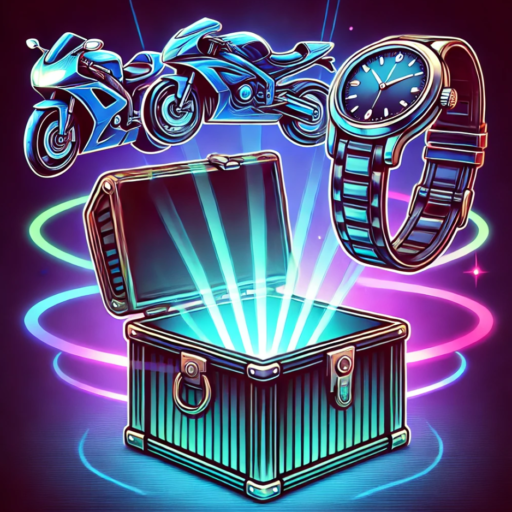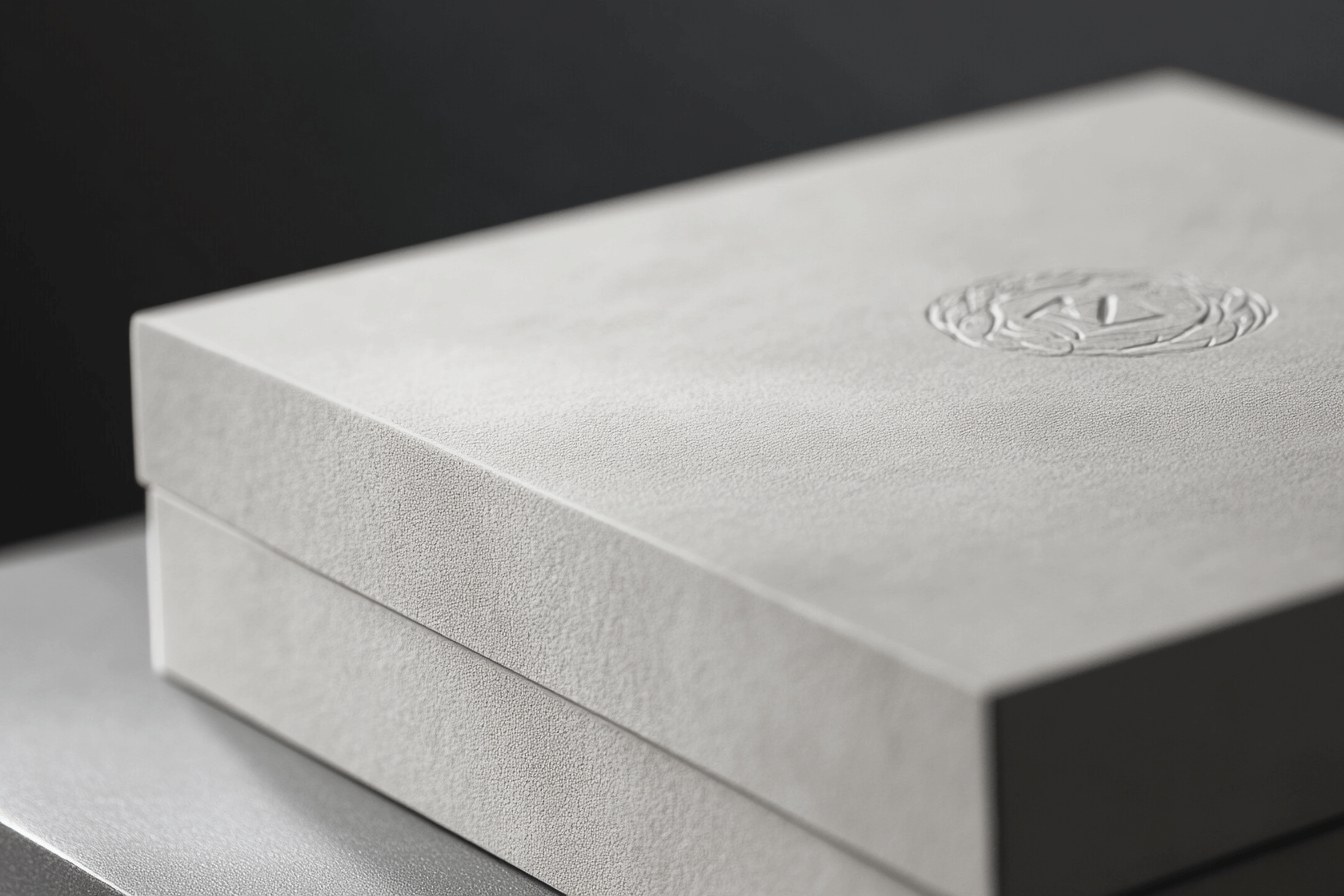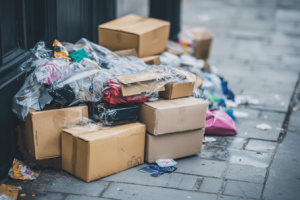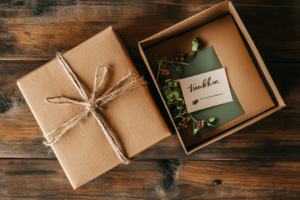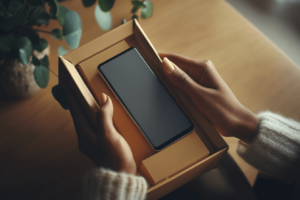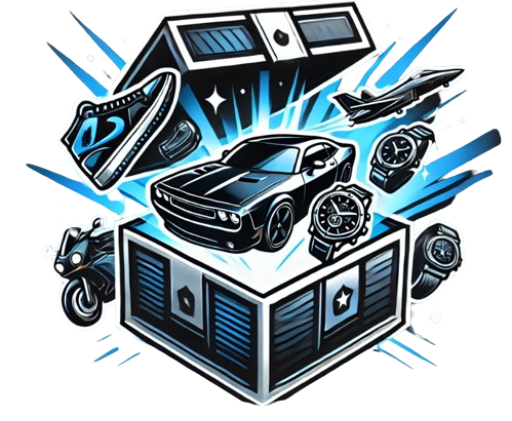The origins of packaging: function before form
Long before packaging became a canvas for branding or luxury, its purpose was strictly utilitarian. Early forms of packaging wooden crates, glass jars, and woven baskets served to store, protect, and transport goods. These rudimentary solutions were about survival and trade, not aesthetics.
Cardboard emerged in the 19th century as a practical solution for shipping and storage. Corrugated cardboard, patented in the 1870s, revolutionized the logistics industry due to its light weight and durability. It wasn’t beautiful, but it was effective and that was all that mattered in an age focused on industrial output and efficiency.
The industrial revolution and the birth of cardboard
The industrial revolution brought mass production, and with it, a need for scalable, cost-effective packaging. Cardboard quickly became the standard for manufacturers seeking to move goods across growing rail and road networks. Its affordability and structural integrity made it ideal for everything from soap to shoes.
At this stage, packaging was largely unbranded and brown. It bore stamps, not stories. But that would soon change.
Basic protection as the primary goal
Early packaging focused on one core function: protection. Manufacturers needed something that would shield goods from damage, weather, and contamination. As a result, packaging design was largely overlooked. Boxes were plain, labels minimal. The priority was safeguarding the product, not seducing the consumer.
The rise of consumer culture and branded packaging
With the growth of consumer economies in the 20th century, packaging underwent a dramatic shift. It was no longer enough to be functional it had to be appealing. As competition grew on store shelves, brands began to realize the power of packaging as a marketing tool.
Packaging as a marketing tool
Retail shelves became battlegrounds for attention. Packaging evolved into a silent salesperson, communicating brand identity, quality, and promise at a glance. Logos, colors, and taglines took center stage. The packaging had to stand out in crowded aisles, sparking instant recognition and emotional resonance.
Companies like Coca-Cola and Kellogg’s were pioneers in this space, understanding that consistent, attractive packaging could drive loyalty and increase sales. Visual storytelling became integral to brand strategy.
The influence of color, typography, and shape
Designers started exploring how different hues evoked different emotions blue for trust, red for energy, gold for luxury. Typography became a powerful expression of tone and style, while unique box shapes helped products stand out. Packaging wasn’t just a container anymore it was a brand ambassador.
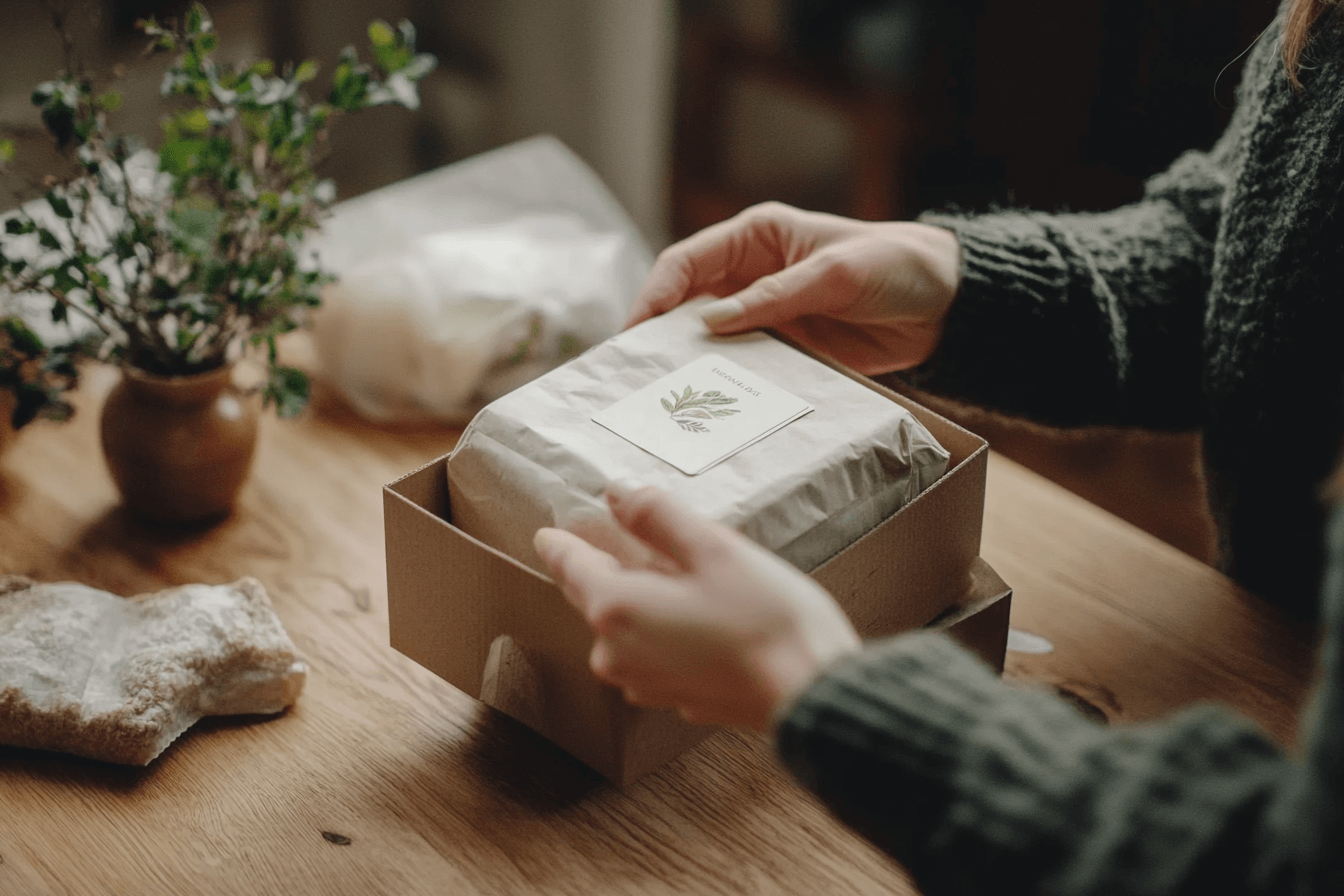
The luxury shift: enter premium packaging
As markets matured and consumer expectations evolved, packaging took another leap this time into the realm of luxury. Brands realized that packaging could do more than sell a product; it could create a moment, an experience.
Materials that signal value: from kraft to velvet
Premium packaging often starts with materials. Smooth matte finishes, embossed lettering, velvet inlays, magnetic closures all contribute to a sense of quality and care. Uncoated paper stock feels more natural, while rigid boxes add a sense of durability and importance.
Luxury brands in fashion, cosmetics, and spirits led the charge, elevating packaging into an art form. A Chanel box isn’t just packaging it’s part of the product’s mystique.
The unboxing experience and emotional appeal
The rise of social media amplified the importance of how a product is received. The “unboxing experience” became a moment worth sharing, prompting brands to invest heavily in creating that “wow” factor when a box is opened.
Layered reveals, personalized notes, and tissue paper folds build anticipation. This multisensory approach turns opening a package into an emotional journey, reinforcing the brand’s story and deepening customer connection.
Sustainability meets sophistication
As climate awareness grew, consumers began demanding more than just beauty they wanted responsibility. Brands faced the challenge of merging premium aesthetics with sustainable practices, a task that once seemed contradictory.
Eco-friendly innovations without sacrificing style
Sustainable packaging is no longer limited to brown boxes and recycled paper. Today, premium packaging can be both green and gorgeous. Innovations include biodegradable films, soy-based inks, and molded pulp alternatives that look and feel luxurious.
Luxury skincare and high-end electronics companies have begun introducing fully recyclable, reusable, or compostable packaging without compromising the tactile pleasure or visual appeal.
Consumer expectations in the age of conscious consumption
Today’s shoppers, especially younger generations, expect brands to align with their values. Excessive plastic wrapping or unnecessary filler is seen as wasteful, not luxurious. Transparency around sourcing, production methods, and end-of-life recyclability is essential.
Premium is no longer about opulence for its own sake it’s about thoughtful design that respects both the product and the planet.
Digital influence and customization
The digital era has redefined how consumers interact with brands, and packaging has had to adapt accordingly. From influencer culture to personalization at scale, packaging plays a central role in shaping modern brand experiences.
E-commerce and the Instagram effect
Online shopping has removed the traditional in-store touchpoints. Packaging has become the first physical contact between brand and buyer. That moment must be impactful Instagram-worthy even.
Visual appeal is now designed with cameras in mind. A beautifully presented package can generate free marketing through social shares, unboxings, and reviews. Brands that understand this leverage packaging as an extension of their digital voice.
Personalization and limited-edition packaging trends
Personalized packaging is becoming increasingly popular, from name-printed labels to bespoke box inserts. Digital printing technologies allow for small batch runs and seasonal packaging, which adds exclusivity and urgency.
Brands like Nutella, Coca-Cola, and Dior have successfully used limited-edition or personalized packaging to spark buzz, reward loyalty, and reinforce emotional bonds with consumers.
What’s next? the future of premium packaging
As technology and design continue to evolve, premium packaging will only become more innovative—and more important.
Smart packaging and interactive tech
Smart packaging integrates technologies like NFC chips, QR codes, and augmented reality to connect the physical product with digital experiences. Imagine scanning a wine label to see tasting notes or tapping a box with your phone to confirm authenticity.
These innovations enhance transparency, interactivity, and trust, all while offering new layers of storytelling.
Hyper-minimalism vs. maximalist luxury
Design trends are diverging. Some brands embrace hyper-minimalism think plain white boxes with embossed logos emphasizing restraint and elegance. Others go full maximalist, with bold colors, intricate designs, and textured elements that delight the senses.
What unites both approaches is intention. Whether quiet or loud, effective premium packaging speaks with purpose, enhances brand value, and creates moments of meaning in a crowded, competitive world.
